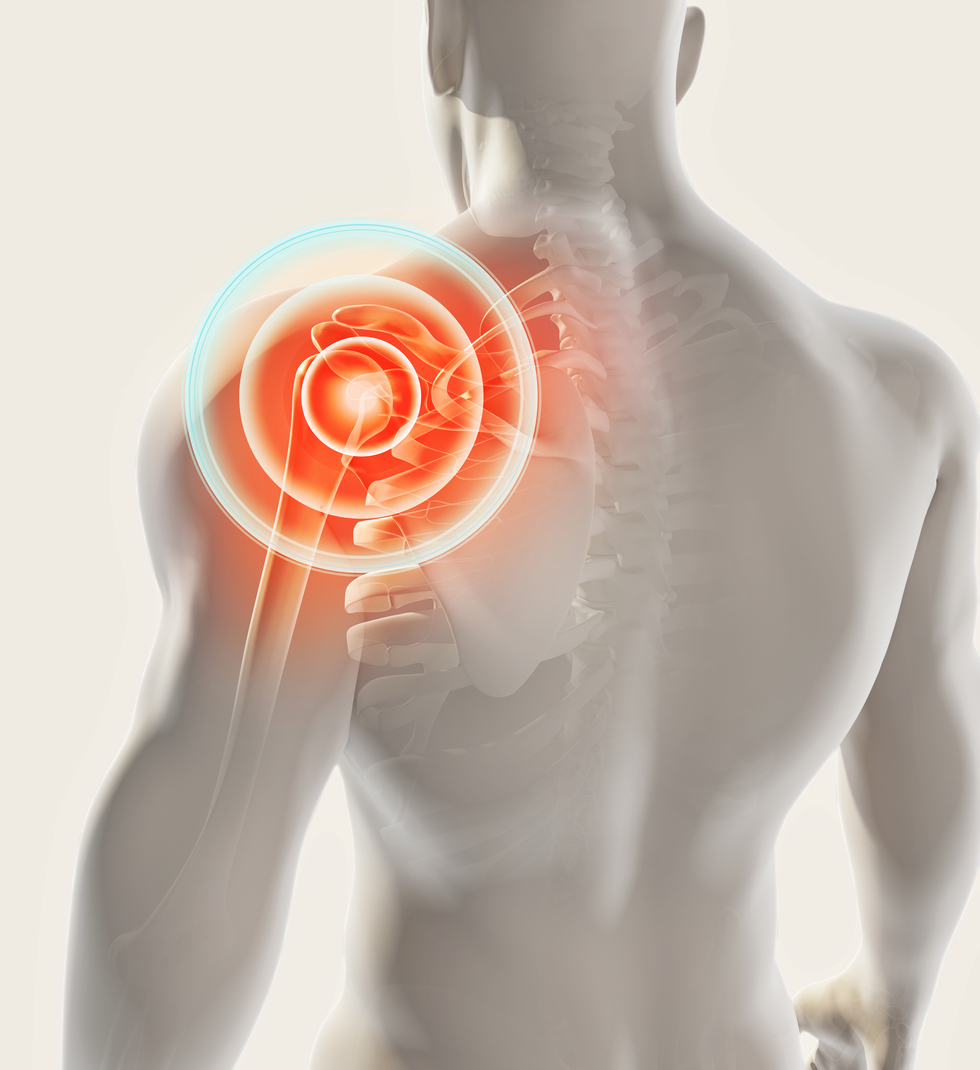Pain
Diagnosing Avascular Necrosis

What is avascular necrosis?
Avascular necrosis is a medical condition that occurs when the blood supply to a bone is reduced or interrupted. Without an adequate supply of blood, the tissue in the bone dies. As a result, tiny breaks in the bone occur, which can lead to the eventual collapse of the bone. If avascular necrosis develops in a bone near a joint, the joint surface may also collapse. Although this condition can occur in any bone, it most often affects the ends of long bones, such as the end of the femur (where it connects to the hip). Avascular necrosis is also referred to as ischemic bone necrosis, aseptic necrosis and osteonecrosis.
How is avascular necrosis diagnosed?
Diagnosing avascular necrosis is often challenging because the main symptom of joint pain is also a common symptom of various other medical conditions. The diagnostic process usually begins with a physical exam, in which a physician presses on and around the joints to check for tenderness. Range of motion in the joints may also be checked.
Several tests are used to diagnose avascular necrosis:
- X-ray
X-rays are used to reveal any bone abnormalities. However, in the early stages of avascular necrosis, X-rays may appear normal. As the condition progresses, X-rays can show bone density changes and bone deformities. - MRI or CT scan
MRI and CT scans show any changes in the affected bone; the images are more detailed than X-rays and reveal any subtle changes in the bone. An MRI scan is the most sensitive and specific diagnostic test for avascular necrosis, but a CT scan can be used for individuals who cannot have an MRI. - Bone scan/bone scintigraphy
During a bone scan, a small amount of radioactive material is injected into a vein for imaging purposes. A bone scan provides a detailed view of blood flow to the affected bone and cell activity within the bone. - Biopsy
During a biopsy, a sample of tissue is removed from the affected bone for detailed evaluation.
Early diagnosis of avascular necrosis is essential to preserve healthy joint and bone tissue.

















